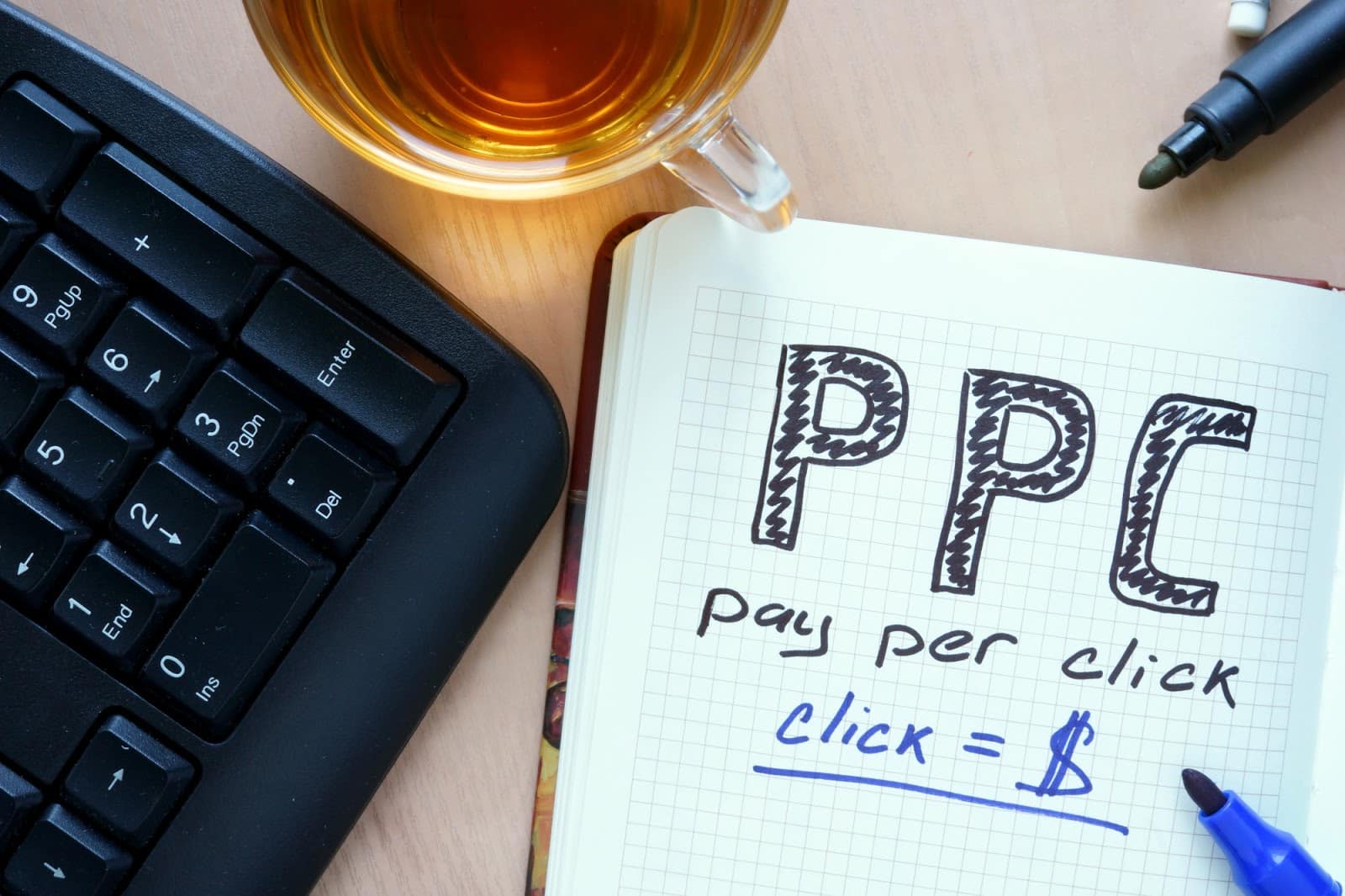Some big brands spend almost one-quarter of their budgets on digital marketing. Since small businesses can’t compete with that kind of money, they need to make the most of their marketing funds.
So how should your small business tackle efficient marketing?
The secret is to improve your PPC lead generation. With better leads, you’ll only pay for clicks that lead to customer conversions. It’s hard to ask for a better marketing ROI.
But how do you optimize a PPC campaign and improve the quality of your leads? We’ll unveil some effective strategies in this guide to PPC lead generation.
1. Use Targeted Keywords
If you have any PPC experience, you know that keywords matter. You may even think you’re using the right keywords to bring in your target customers. But since you’re reading this article, there’s clearly something amiss.
It’s important that, instead of casting a wide net, you use medical precision to reach those high-quality leads.
To do that, you’ll want to use long-tail keywords. These keywords are more specific and precise, which also means you’ll pay less per click.
But what’s the benefit of long-tail keywords? You’re attracting leads who know what they’re looking for. They want “dedicated server hosting,” and not “website hosting.”
This way, you’re paying to acquire fewer, higher-quality leads, rather than a ton of useless ones. That’s just not cost-efficient.
2. Qualify Visitors
Let’s look beyond the keywords and examine other parts of the ad copy. You’ll have the opportunity to pre-qualify visitors through the hyperlink or the descriptive text below.
What does it mean to pre-qualify? Well, let’s go back to our previous example.
Your PPC ad has appeared for a visitor looking for a dedicated server host. Your company offers this service, but it’s not looking to serve just anyone. Its ideal client is a small business.
Although you can’t include this in the keyword search, you could stuff it into the ad copy. Your hyperlink might include a CTA boasting about a small-business discount. The average visitor is less likely to click the link unless they’re a small business.
And if they are a small business, then you’ve landed a high-quality lead.
3. Find the Ideal Schedule
Do you want to generate leads with your Adwords campaign? Great. Set it on a schedule.
By having analytical data for different time segments, you can decide the best times to run your various PPC segments. For example, let’s say Saturday and Sunday have low conversion rates or bad leads. You can lower your bid or stop paying altogether for these periods.
And it works the other way, too. Maybe Monday is a fantastic day when all the small business owners get back to work. Not only do you get a ton of leads on these days, but most of them convert.
During this time segment, it wouldn’t be a bad idea to increase your bid and try to snatch up more visitors.
4. Divide and Conquer
One PPC campaign isn’t enough to capture all the potential leads relevant to your business. As we mentioned earlier, it’s important to complement long-tail keywords with pre-qualifying content. But this option can dramatically narrow your leads, even if they have a better conversion rate in general.
That’s why customer segmentation is so important. With different targeted keywords, you can specialize ad copy to qualify the appropriate consumer for all your services.
When you segment a campaign, you have better control over its individual pieces, as well as more avenues to specialize. Plus, you’ll obtain quality leads without being too anemic.
5. Tailor Distinct Landing Pages
When you draw traffic to your landing page from the PPC ad, there’s no reason to continue screening. Thanks to your specific keywords and qualifying copy, most of the visitors landing on your website should be ideal customers. Plus, that means they’ve already clicked on the advertisement, anyway.
Since you paid for the traffic, you want to convert every single person who lands on the page. To do that, it’s important to tailor your landing pages for each individual PPC segment.
If your qualifying ad copy talked about getting a free quote and it takes them to a product bundle, that’s going to scare some people away.
You’ve got your customers right where you want them. Now you just need to turn them into leads. What are you offering?
Your landing page should offer a solution relevant to a perceived problem of your target audience. Ideally, you’ll sweeten the deal to encourage them to sign up on the website or for the newsletter, completing the conversion process.
Some companies offer giveaways, but those leads don’t tend to be worthwhile. Instead, offer some other form of value if they sign up, such as a website hosting checklist!
6. Add More Fields
If you have a reason to push people away after they’ve clicked on your PPC advertisement, turn to the sign-up form. You might want to do this if your special sign-up offer is an expense. That way you don’t continue wasting money on bad leads.
Adding more fields to the form is sort of like adding terms to a keyword search. For example, start asking for a company name as part of the sign-up. The individuals will get the hint and head off without becoming a lead.
Want Improved PPC Lead Generation?
Look, we get it. Running an effective PPC campaign isn’t easy. But if you spend thousands of dollars every month on PPC, you need those funds to count.
Stop paying for bad leads. With a combined 40 years of experience, the staff at Bear Fox Marketing is fully equipped to improve your company’s ROI. Contact us and see how we can help you with PPC lead generation, SEO, and more.
